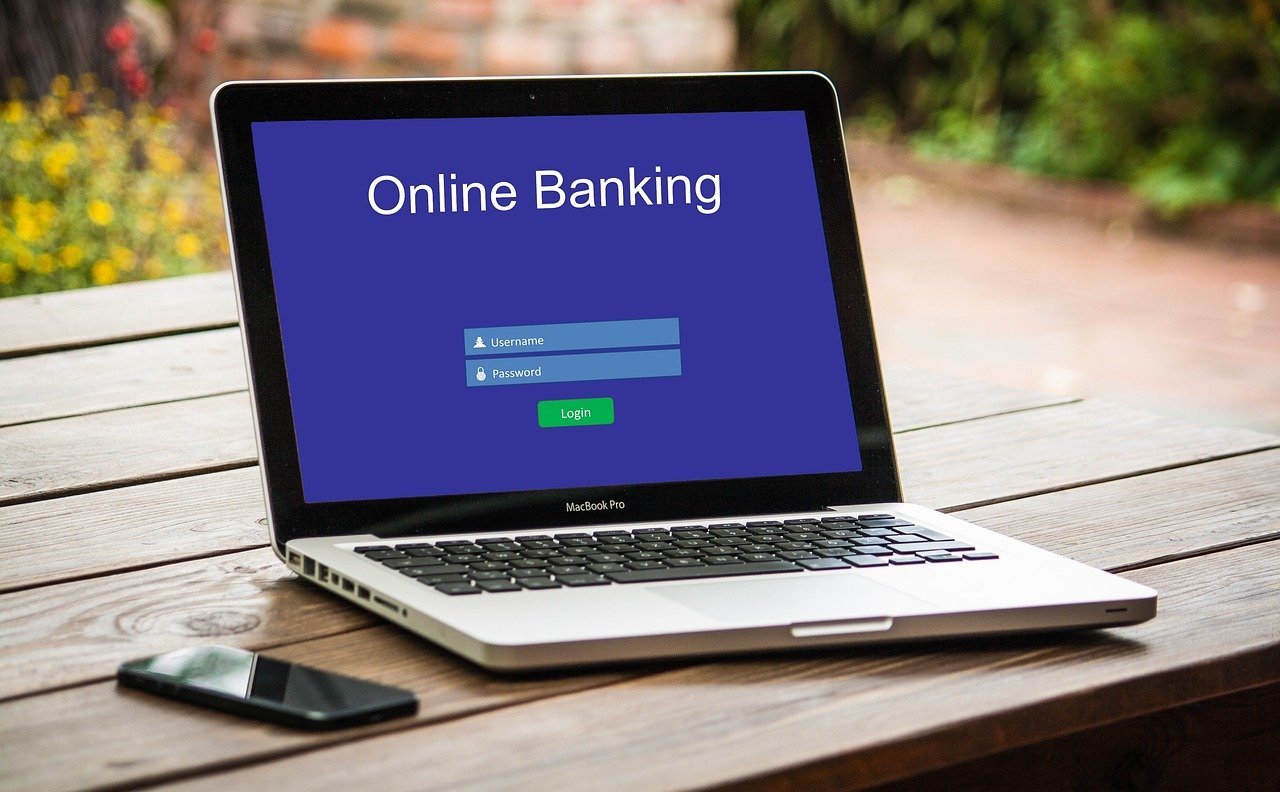Choosing between an online bank and a traditional bank can significantly impact how you manage your finances. Both types of banks offer unique advantages and drawbacks, and the right choice for you depends on your personal preferences and financial needs. Here’s a detailed comparison of online and traditional banks to help you determine which is best for you.
Online Banks
Pros:
- Higher Interest Rates:
- Why: Online banks typically have lower overhead costs because they operate without physical branches.
- Benefit: They often pass these savings on to customers through higher interest rates on savings accounts and lower loan rates.
- Lower Fees:
- Why: Reduced operational costs allow online banks to offer accounts with fewer fees and lower minimum balance requirements.
- Benefit: You may benefit from fewer monthly maintenance fees, no ATM fees, and lower costs for various banking services.
- Convenience:
- Why: Online banks provide 24/7 access to your accounts via mobile apps and websites.
- Benefit: You can manage your finances, transfer funds, and pay bills anytime, anywhere, without visiting a physical branch.
- Innovative Features:
- Why: Online banks often offer advanced digital tools and features to enhance your banking experience.
- Benefit: Features may include financial management tools, real-time notifications, and seamless integration with financial apps.
Cons:
- Limited Physical Presence:
- Why: Online banks lack physical branches, which can be a drawback if you prefer face-to-face interactions or need in-person assistance.
- Drawback: You may need to rely on customer support through phone or chat for help with complex issues.
- Fewer Cash Handling Options:
- Why: Online banks may not provide options for depositing cash or handling large amounts of physical money.
- Drawback: If you frequently deal with cash, you might need to use a traditional bank or ATM for deposits.
- Customer Service Challenges:
- Why: While online banks often offer support via phone or chat, it might not always be as personalized or immediate as in-branch service.
- Drawback: Complex issues might take longer to resolve compared to face-to-face interactions.
- Security Concerns:
- Why: Online banking involves digital transactions, which can be vulnerable to cyber threats if not properly secured.
- Drawback: You need to be vigilant about online security practices to protect your personal information.
Traditional Banks
Pros:
- Personalized Service:
- Why: Traditional banks have physical branches where you can receive face-to-face assistance from bank representatives.
- Benefit: Personalized service can be helpful for complex banking needs, loan applications, or financial advice.
- In-Person Transactions:
- Why: Physical branches allow you to perform transactions such as cash deposits, withdrawals, and notary services in person.
- Benefit: Convenient if you prefer handling cash or need immediate, tangible services.
- Established Reputation:
- Why: Traditional banks often have a long-standing reputation and established trust within the community.
- Benefit: You may feel more comfortable knowing your bank has a proven track record of reliability and stability.
- Comprehensive Services:
- Why: Many traditional banks offer a wide range of financial products and services, including investment advice, wealth management, and insurance.
- Benefit: Provides a one-stop shop for various financial needs and services.
Cons:
- Higher Fees:
- Why: Traditional banks may have higher overhead costs due to maintaining physical branches.
- Drawback: This can result in higher monthly fees, service charges, and minimum balance requirements.
- Limited Digital Features:
- Why: Some traditional banks may have less advanced online and mobile banking features compared to online banks.
- Drawback: You might find fewer digital tools for managing your finances and tracking account activity.
- Limited Accessibility:
- Why: Physical branches have set hours and may not be as accessible as online banking platforms.
- Drawback: You may need to visit the bank during business hours, which can be inconvenient for those with busy schedules.
- Slower Service:
- Why: Certain transactions or services might take longer to process compared to the immediate nature of online banking.
- Drawback: In-person banking can sometimes lead to longer wait times and less immediate responses to your requests.
Which Bank is Right for You?
Choose an Online Bank if:
- You Prefer Lower Fees and Higher Interest Rates: Online banks often offer more favorable financial terms.
- You Value 24/7 Digital Access: If you prefer managing your accounts online and don’t need in-person services.
- You Are Comfortable with Digital Banking: If you are comfortable using apps and online platforms for your banking needs.
Choose a Traditional Bank if:
- You Need Personalized Service: If you prefer face-to-face interactions and personalized financial advice.
- You Handle Cash Frequently: If you need easy access to cash deposits and withdrawals.
- You Value a Proven Track Record: If you feel more secure with a bank that has an established physical presence and reputation.
Final Thoughts
Both online and traditional banks have their own set of advantages and limitations. Your choice should align with your banking preferences, lifestyle, and specific financial needs. By evaluating what matters most to you—whether it’s digital convenience, personal service, or cost savings—you can select the banking solution that best supports your financial goals.
